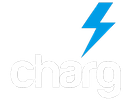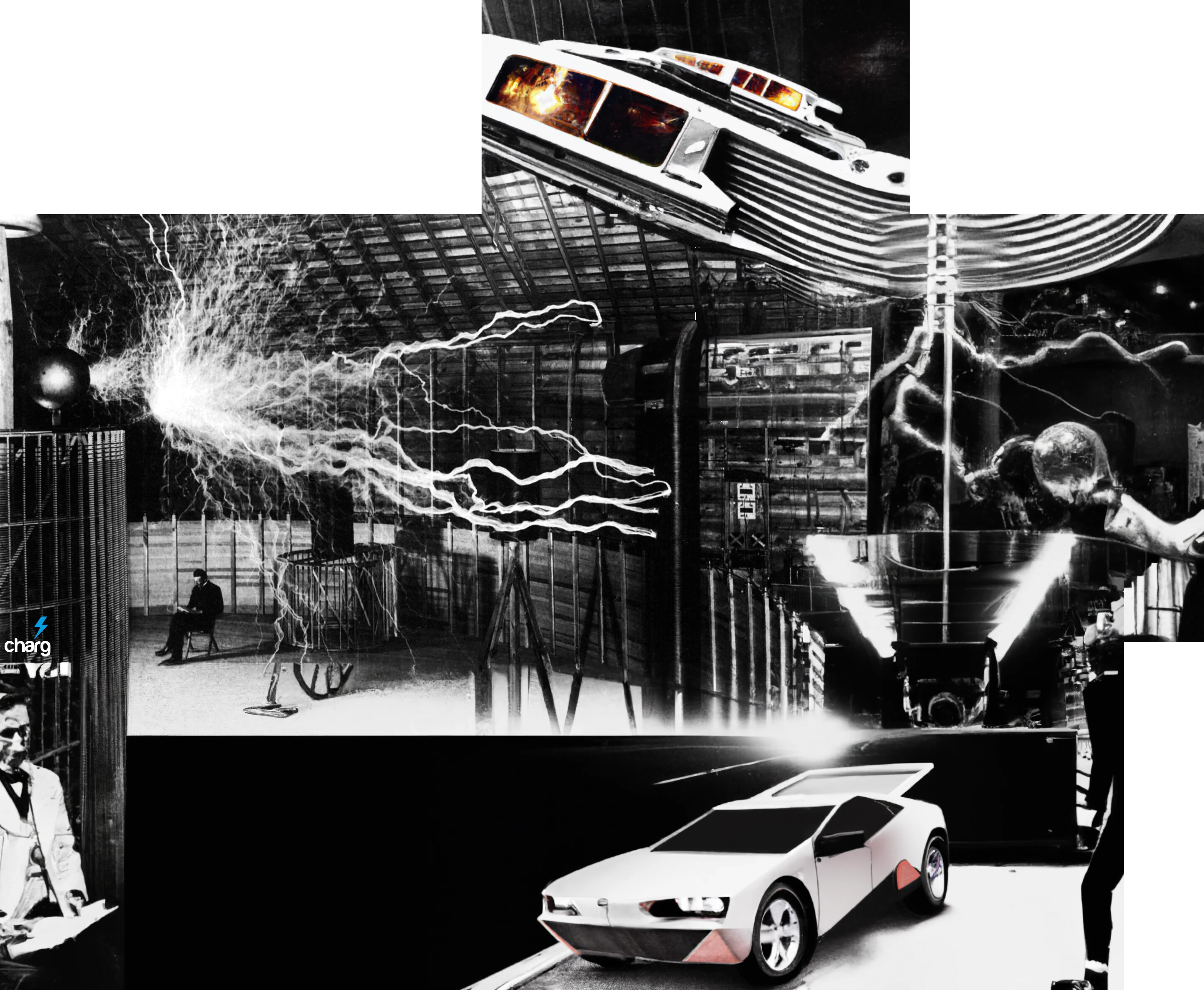See that negative?
Look closer
Closer…
![]()
Right… there..
.. it’s a composite double-exposure of this one..
See the words now?
![]()
How about now?

Let me help…
Being that it’s a double exposure, we have not achieved any greater compression from a double exposure, but we have made it harder to read. Harder to read unless we have our analog seals-as-filters to decipher.
If we wanted to, we could stack quite a number of unique pages on top of one another. And then if we wanted to, we could shrink those pages to smaller sizes. IF we have an analog viewing of our documents, we can fully saturation until black using only one known page to remove from perfect entropy the rest.
Yes, I said perfect entropy. The color black as in the example. Whereby every single piece of data is taken up by one color. Which, as you know, is perfectly undiscernible at face value.
And it can ship like this with our salt. Our salt contains other information - number of onion shell layers, Our chosen base, or, Base4096 ( for example ), various other XOR-type algorithms embedded, and our key page. Our salt can optionally find itself impregnated in the image.
Our salt is not perfectly entropic. It gives the whole show away. Our salt should be obfuscated and protected.
Each layer of our analog exposure of stacked documents becomes a unique glyph. This morphable glyph is both the unique character and it is the picture and it is lock and it is the key if you have your salt, which can of course can and should be a glyph in the context of this and related articles.
Here’s a simple glyph:
![]()
Here, I will blow it up.
It is a composite of the letters N and a. And that I blew it up in digital is poignant. It is poignant because if it had been vectorized, our magnification of the composite ‘N’, ‘a’ glyph would not appear pixelated. It would appear perfectly crisp at any scale.
And though I have picked this little glyph, I could have chosen any magnification and it would be a unique glyph.
This longer composite string is a unique glyph..
![]()
It can be chopped out of, or itself chopped, as it was from this and find itself both unique and combinable, the two are unique of the other and yet the one can help describe the other.
Yes, this is also a glyph. Even the two-tone background could be part of the glyph..
Now we can russian-doll our glyphs, our pre-glyph image(s) stack, invert it, what have you. If you know the process that we pre-applied you can deterministically stack analog, or vectorized pages to form our glyphs. The key is the glyph is the character, the character is the vectorized information being displayed.
Vectorized… analog, not digital. Preferably..
Yes, there are now an infinite number of UNIQUE characters which can be contrived or referenced or both, on-the-fly. An unspoken dictionary called up deterministically only when needed. A word so detailed it can describe every page of Moby Dick, and so simple it would fit in your pocket if you could print it at the correct resolution. A character which is perfectly unique. An unlimited number of unique characters.
A morphing glyph which unfolds the entire Moby Dick with the help of our process-heavy salt.










